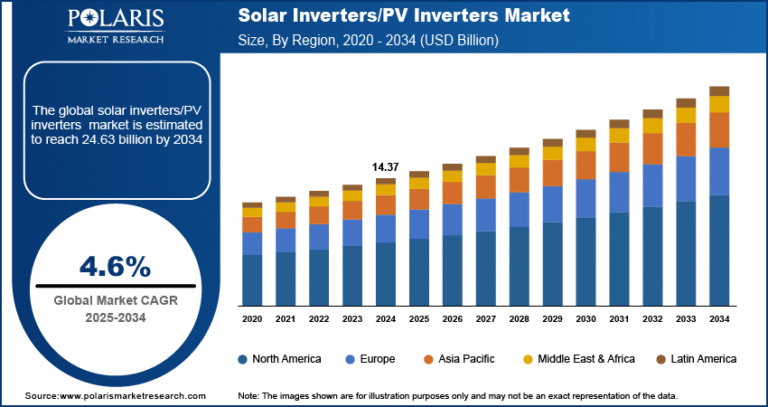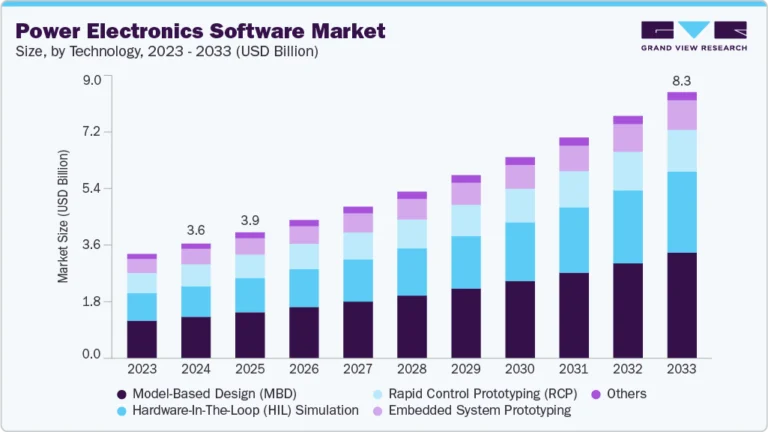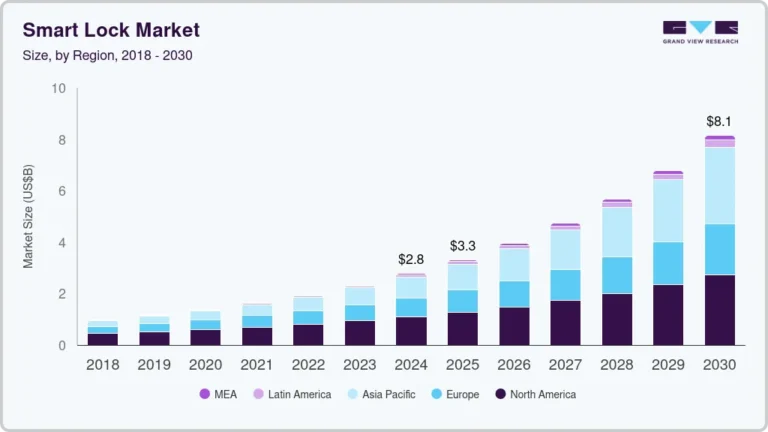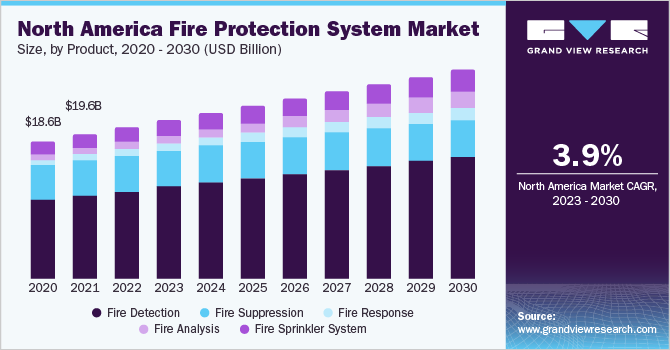5G Fixed Wireless Access Market is forecasted to soar to USD 434.2 billion by 2034, at a remarkable CAGR of 39.70%.
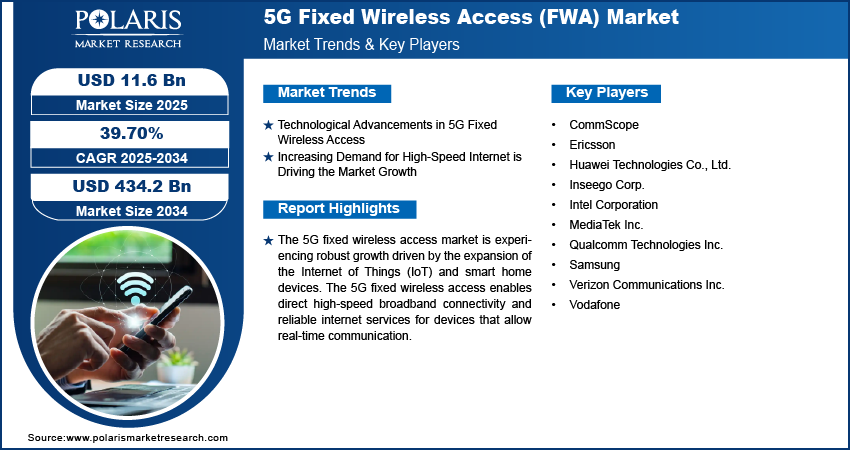
The global 5G fixed wireless access market was valued at USD 8.3 billion in 2024 and is forecasted to grow at a CAGR of 39.70% from 2025 to 2034. The market is expanding due to increasing demand for high-speed broadband in remote and underserved areas.
5G Fixed Wireless Access Market Trends & Insights:
- Substitution for Wired Broadband: 5G FWA is increasingly being adopted as an alternative to DSL, cable, and fiber optic broadband, especially in areas with limited wired infrastructure.
- Increased Deployment in Rural & Underserved Regions: Governments and telecom providers are focusing on bridging the digital divide through FWA rollouts in remote locations.
- Integration with Smart Homes & IoT: As smart homes and connected devices proliferate, demand for stable and high-capacity wireless broadband is rising sharply.
- Use of mmWave and Sub-6 GHz Bands: 5G FWA is leveraging both mmWave (for urban, high-density use) and sub-6 GHz (for broader coverage) to optimize service.
- Hybrid Network Models: FWA is being deployed alongside fiber and satellite networks to ensure seamless and high-speed connectivity in diverse geographies.
Market Size & Forecast
Market size value in 2025 USD – 11.6 billion
Revenue forecast in 2034 USD – 434.2 billion
CAGR – 39.70% from 2025 to 2034
Request for Free Sample:
5G Fixed Wireless Access (FWA) Market Overview:
The 5G Fixed Wireless Access (FWA) Market is emerging as a transformative force in broadband connectivity, providing high-speed wireless internet access using 5G networks without the need for traditional fiber or cable infrastructure. FWA is particularly valuable for underserved and rural areas, as it offers rapid deployment, scalability, and cost-effective last-mile connectivity.
Market Growth Drivers:
- Rapid 5G Infrastructure Expansion: The growing availability of 5G base stations and spectrum is making FWA deployment more feasible and widespread.
- High-Speed Internet Demand: Surging demand for ultra-fast internet for streaming, remote work, online education, and gaming is boosting FWA adoption.
- Cost-Effectiveness & Easy Installation: FWA eliminates the need for costly ground infrastructure, making it quicker and cheaper to roll out than wired solutions.
- Government Support & Connectivity Programs: Public sector initiatives aimed at improving broadband access are significantly accelerating the FWA market.
- Growing Urbanization & Smart City Projects: Urban developments require dense, reliable, and high-capacity connectivity, for which FWA offers an ideal solution.
5G Fixed Wireless Access Market Challenges:
- Line-of-Sight and Signal Obstruction: FWA, especially using mmWave frequencies, is susceptible to signal blockages from buildings, trees, and weather conditions.
- Spectrum Allocation Constraints: Limited and fragmented spectrum availability across regions can hinder uniform deployment and performance.
- Network Congestion Risks: In high-density areas, shared bandwidth and user congestion can reduce speed and reliability.
- Competition with Fiber Networks: In urban areas with robust fiber infrastructure, 5G FWA may struggle to compete on latency and performance.
- Equipment and Setup Costs for End Users: Initial customer premises equipment (CPE) installation costs can be a barrier in price-sensitive markets.


